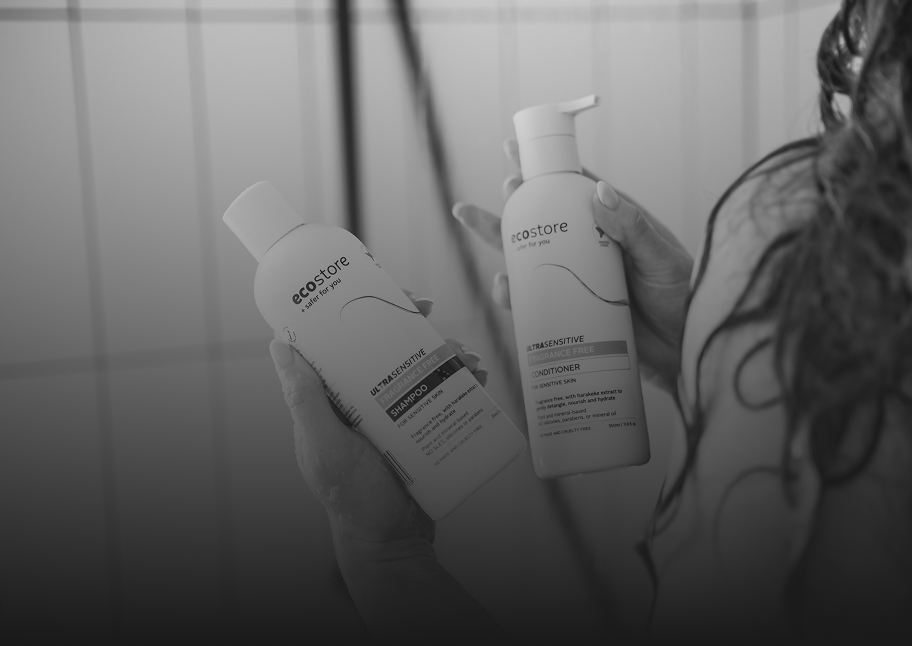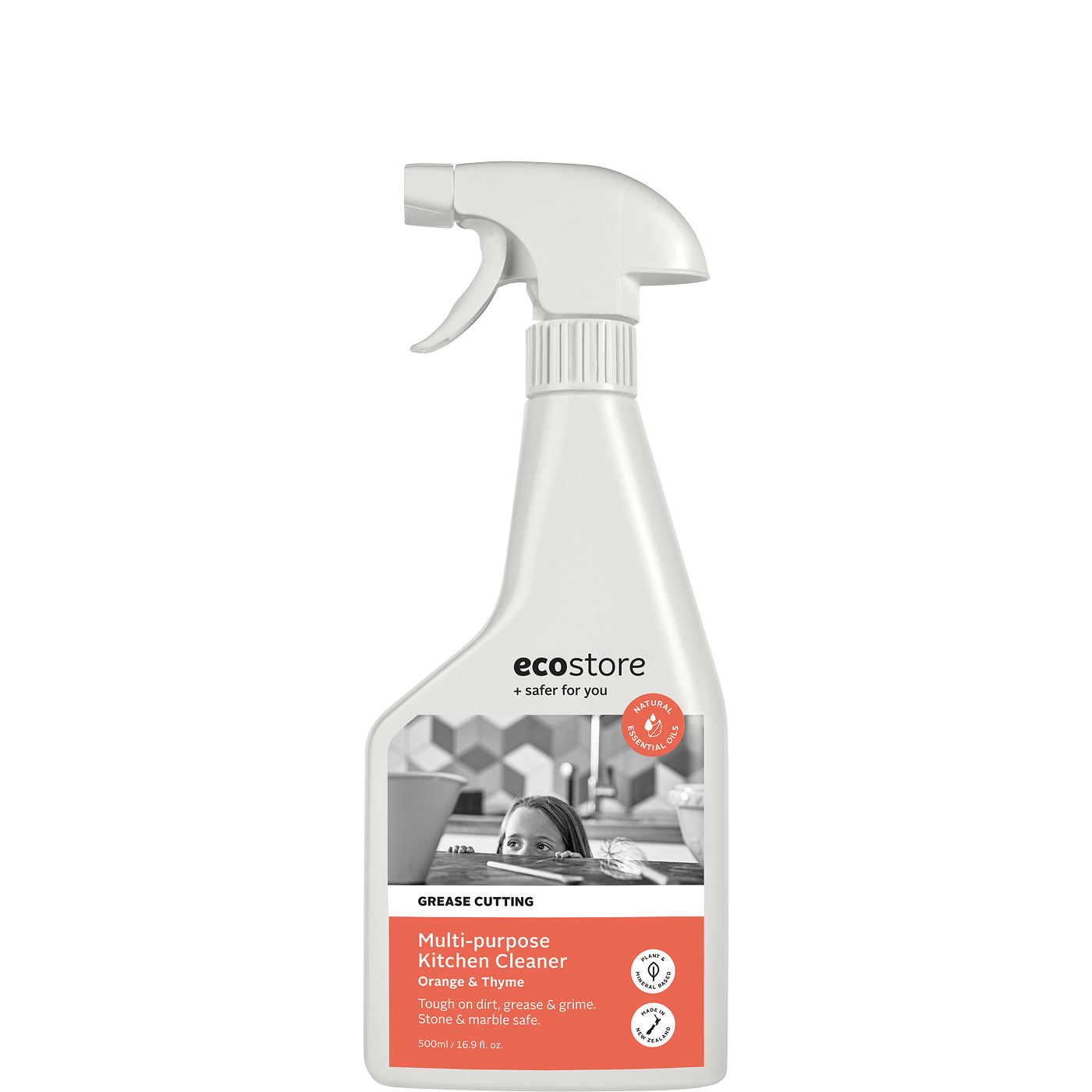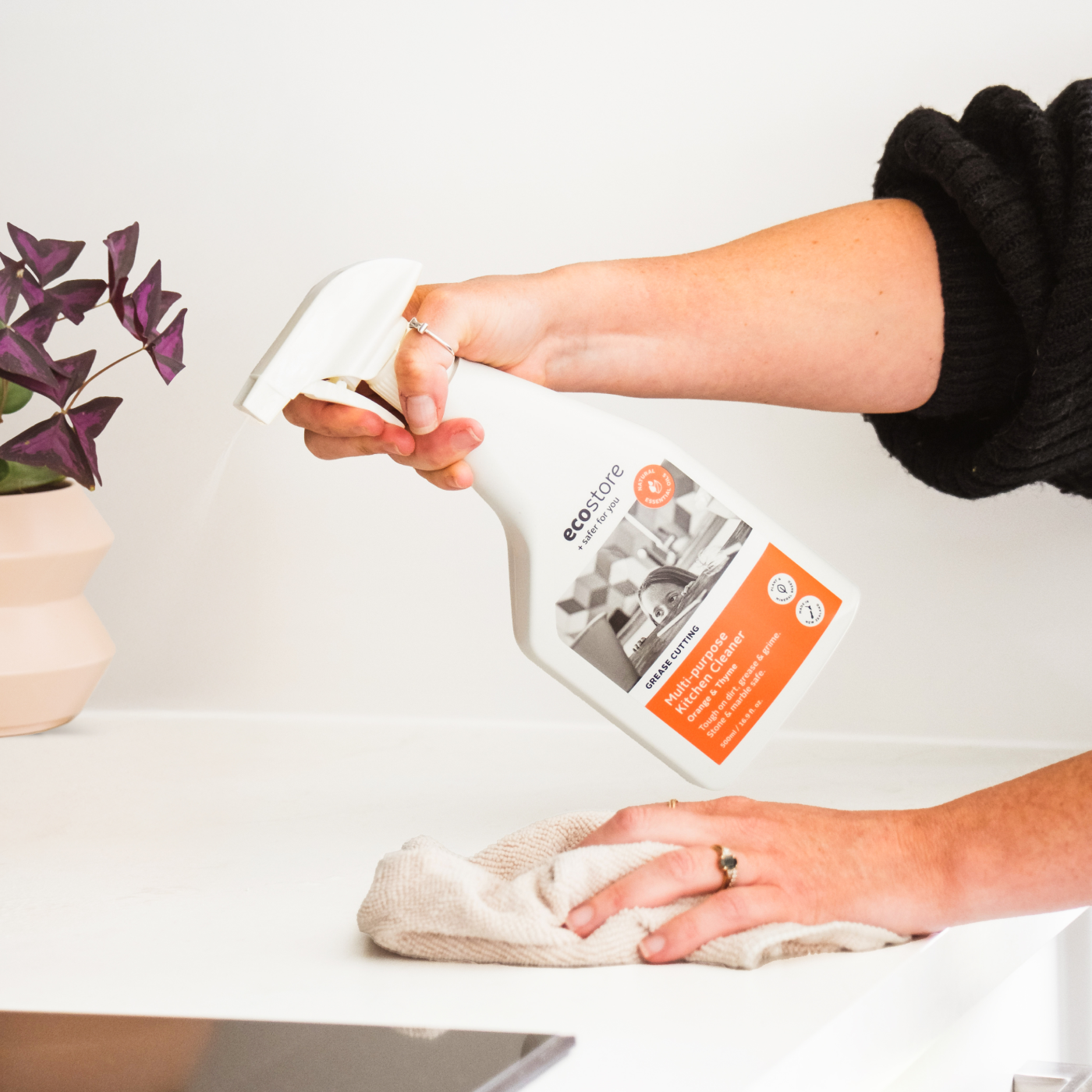Ethanolamines are compounds of amino acids and alcohol that boost foam and are also used to stabilise a product's pH levels. They can be found in a wide array of every day products, including laundry liquid, shampoo, soap, sunscreen and cosmetics.
To find out if they're in a product, the manufacturer's label will use the abbreviation for the type of ethanolamine - MEA (Monoethanolamine), DEA (diethanolamine), or TEA (Triethanolamine).
We choose to follow the precautionary principle and leave out ingredients where there is doubt over their safety - and ethanolamines are an ingredient that health concerns have been raised over. DEA is actually prohibited for use in cosmetics in Europe because of concerns over contamination from carcinogenic amines.
The Environmental Working Group lists several potentially harmful effects from ethanolamines, including immune, organ and respiratory system toxicity, and their potential to be a skin allergen.
The Cosmetic Ingredient Review's 2012 assessment includes a study which found ethanolamines to be a cumulative irritant at 5.9% in a formulation. And a 2004 US study, In Vitro Human Skin Penetration of Diethanolamine, showed DEA can build up and persist on skin - with shampoo, hair dye and body lotion containing DEA remaining on the outer layer of the skin for five, 30 or 24 hours.
Read more on our blog about one of the diethanolamines, cocamide DEA.
We choose safer, healthier plant and mineral based products, and spell out all our ingredients in simple language on our labels. To find out about what we use in our formulations - and what we choose to avoid - check out our ingredients index.
Read more

Volatile organic compounds (VOCs) are a large group of carbon-based chemicals that easily evaporate at room temperature, forming a gas. You can smell some of them when there are high levels in the ...

There are so many nursery equipment options these days, so it's hard to know what we actually need and what are the ‘nice to haves'. With nearly 30 years' experience in baby care, Dorothy Waide ha...






